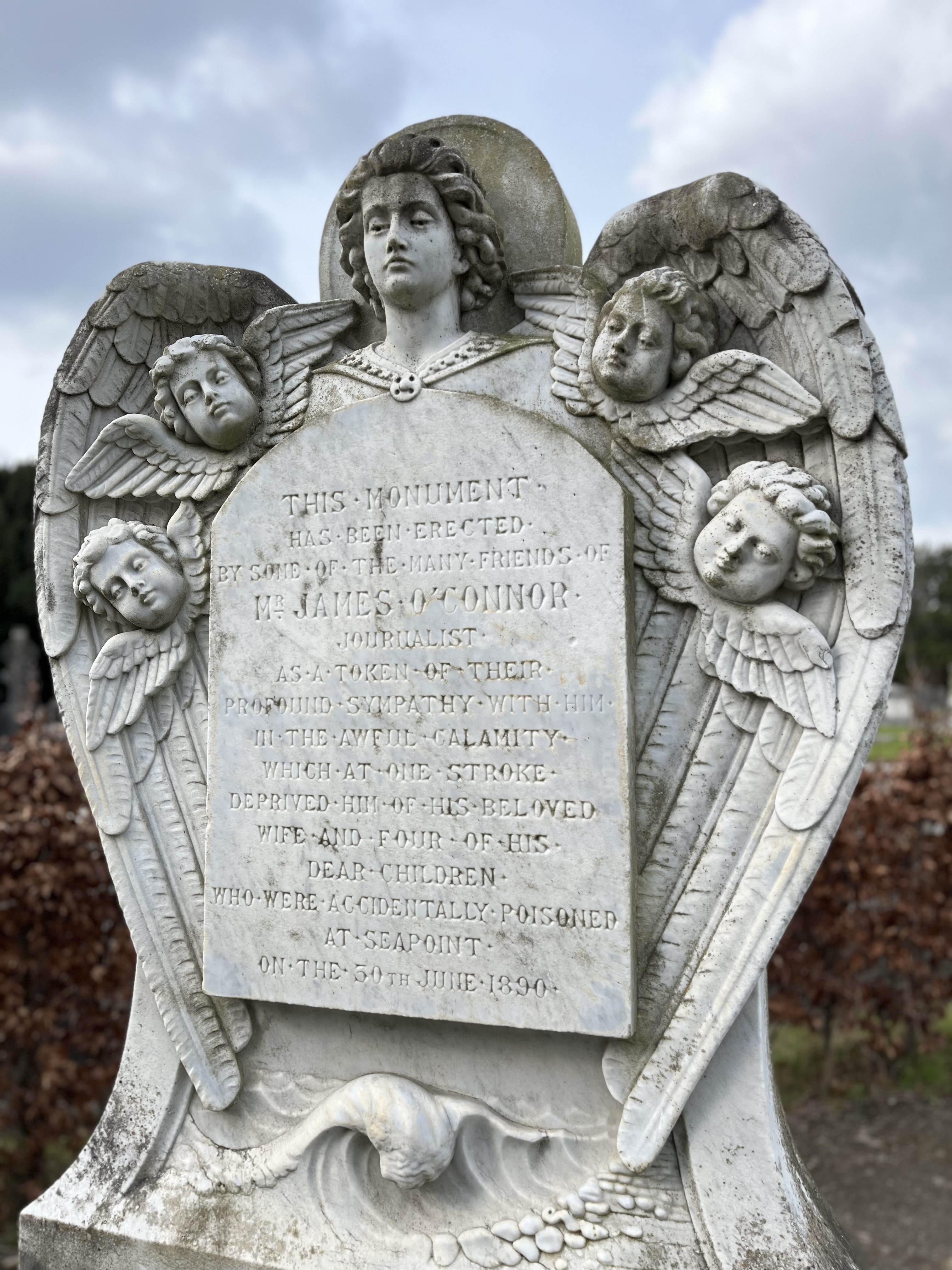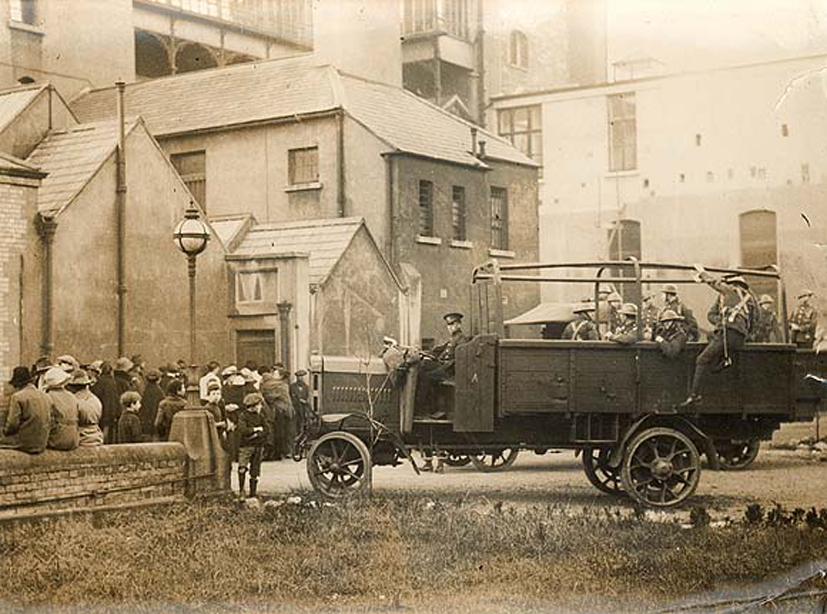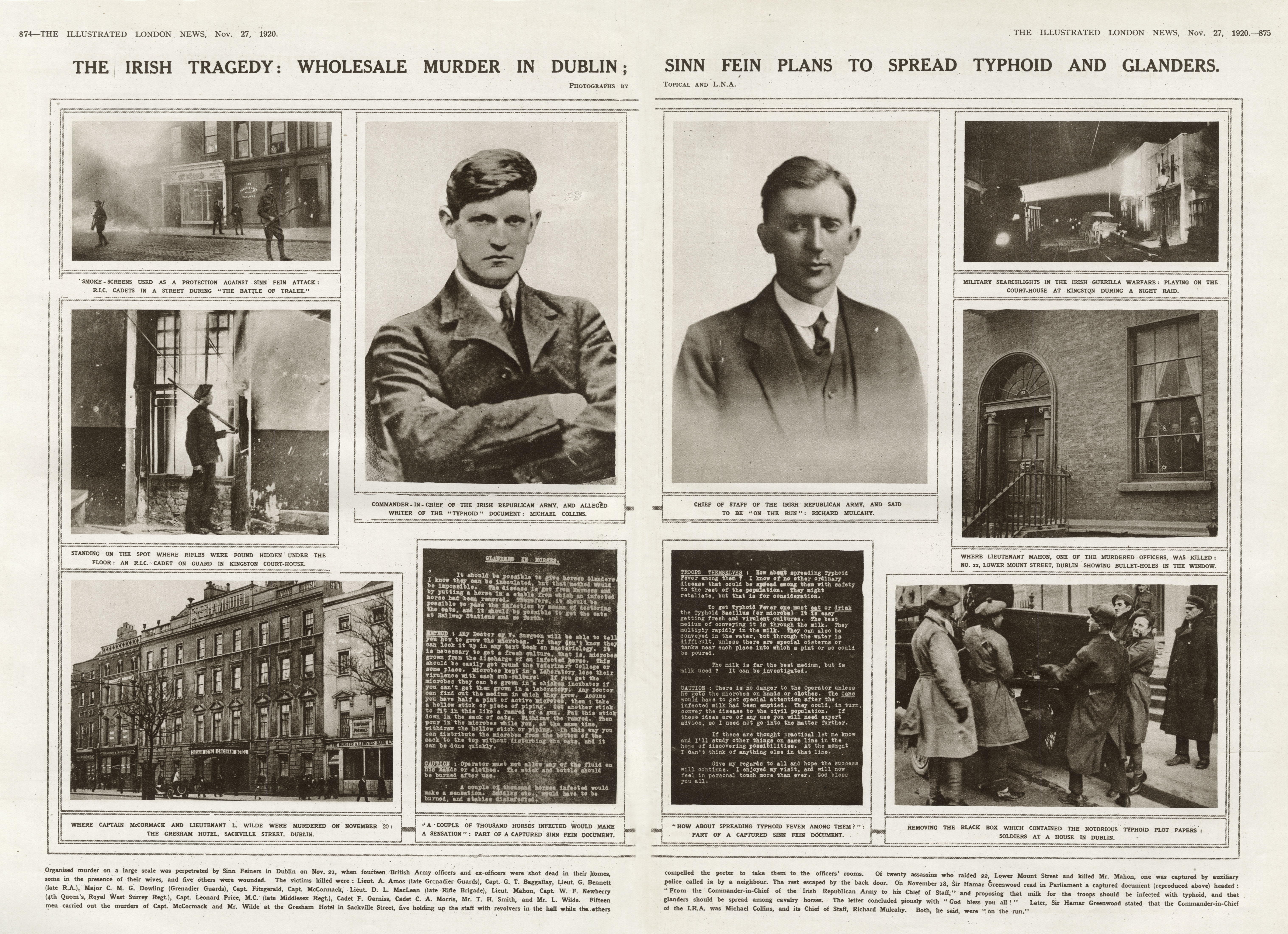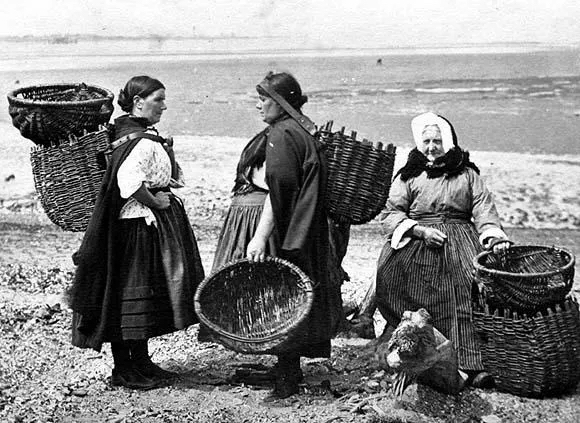1863
Vartry (lower) reservoir completed: 4km tunnel and 40 km of trunk
mains supply safe drinking water to city.
1880
Dublin Corporation Medical Superintendent Officer of Health Charles Cameron links
typhoid outbreaks to consumption of sewage contaminated shellfish
from Dublin Bay.
1890
Seapoint Tragedy: wife and four daughters of nationalist politician
James O’Connor die after eating contaminated mussels. O’Connor’s
fifth daughter, Moya Llewelyn Davies, later ally of Michael Collins,
survives.
1891
Prince George of Wales (later King George V) contracts typhoid after
visiting Dublin: local shellfish and water supply are blamed.
1896
Dublin main drainage scheme begun.
1900
Trial of Almroth Wright’s heat-killed typhoid vaccine on patients at
Richmond Asylum.
1906
Dublin main drainage scheme completed with sewage outfall at Pigeon House
Fort.
1916
Easter Rising
1919-21
Irish War of Independence
1920
Publication of Sinn Féin ‘typhoid plot’: captured document discusses
ways of infecting British troops in Dublin Castle via milk and water.










